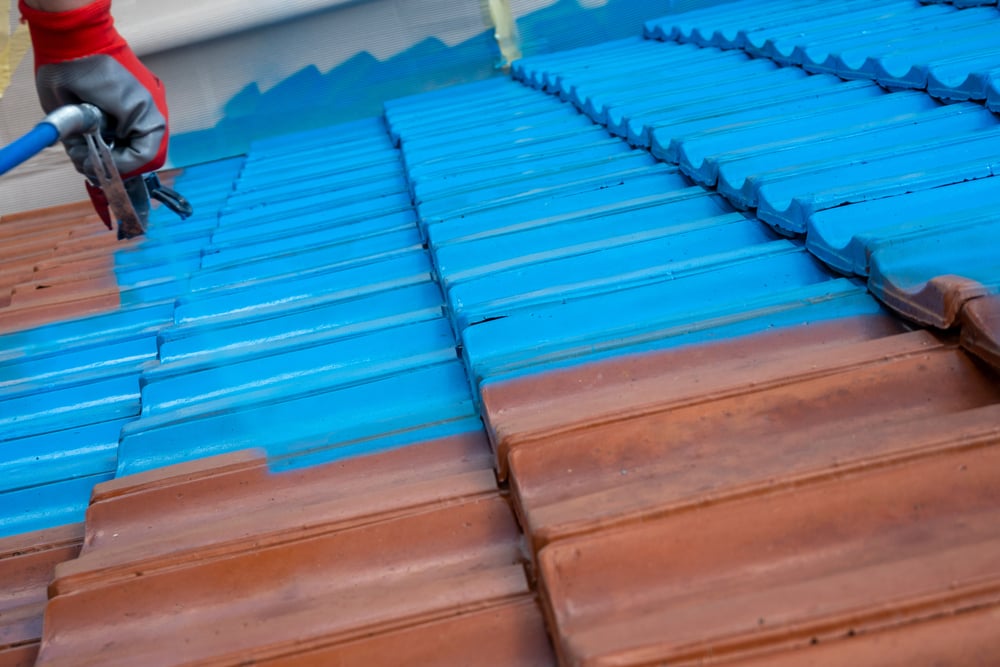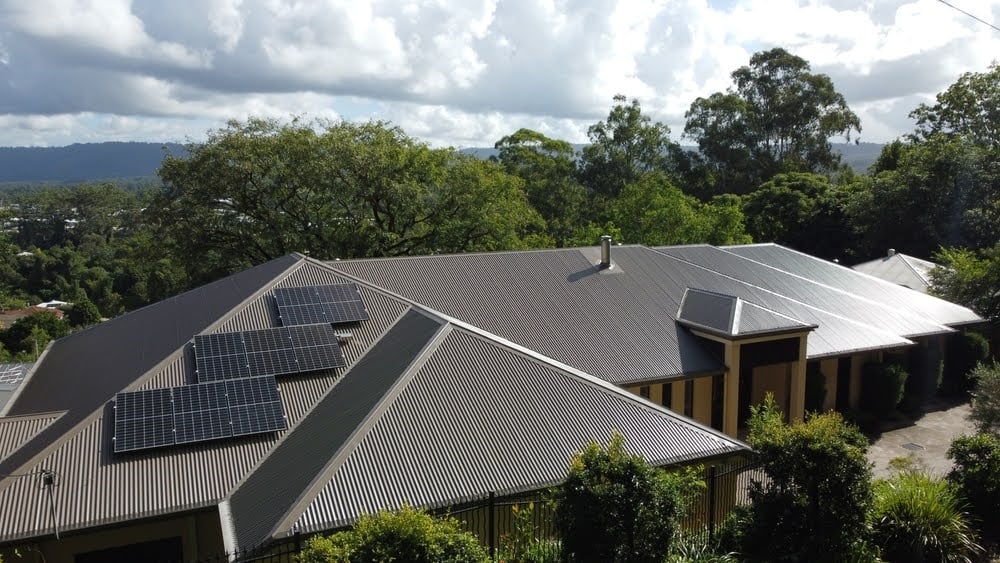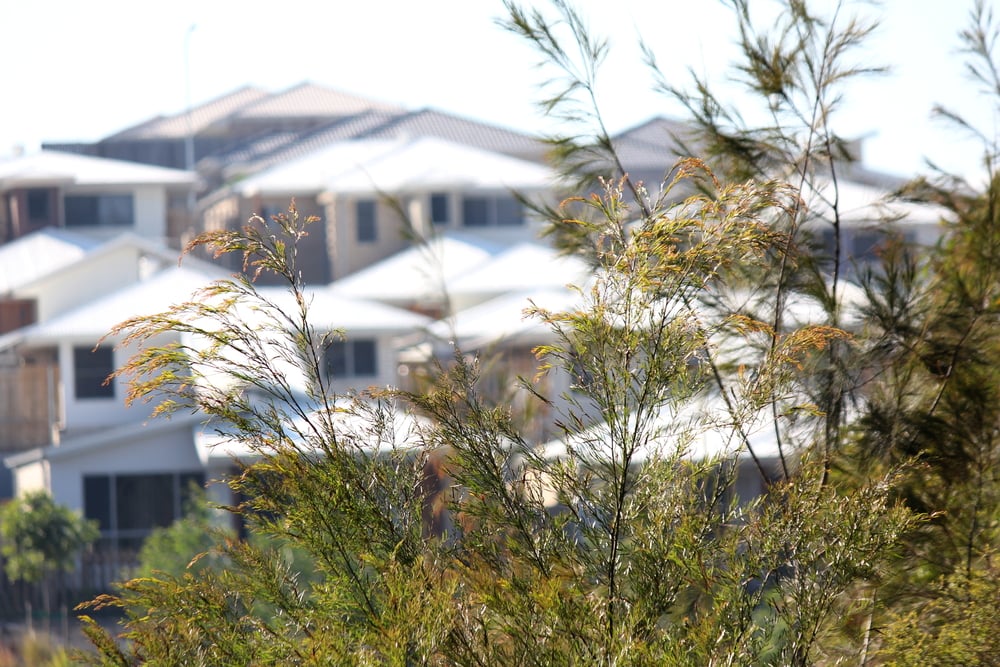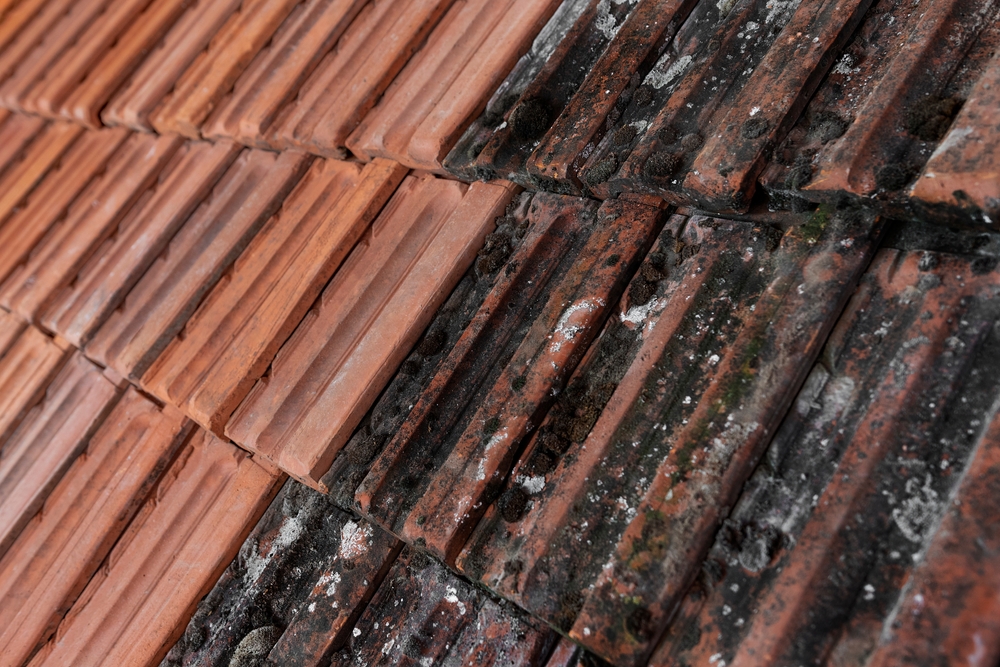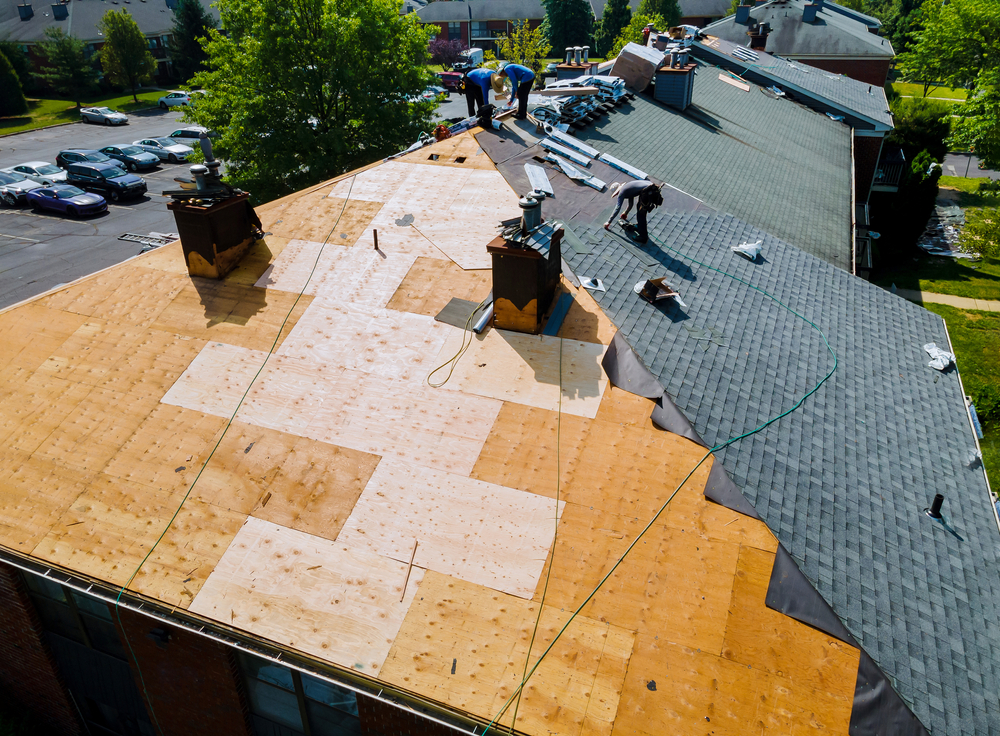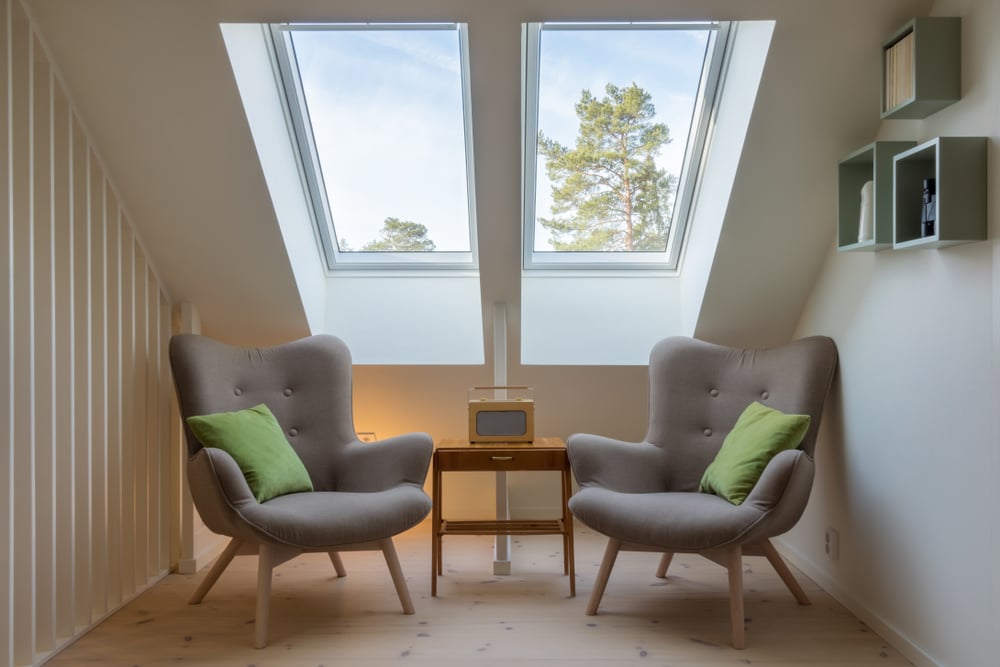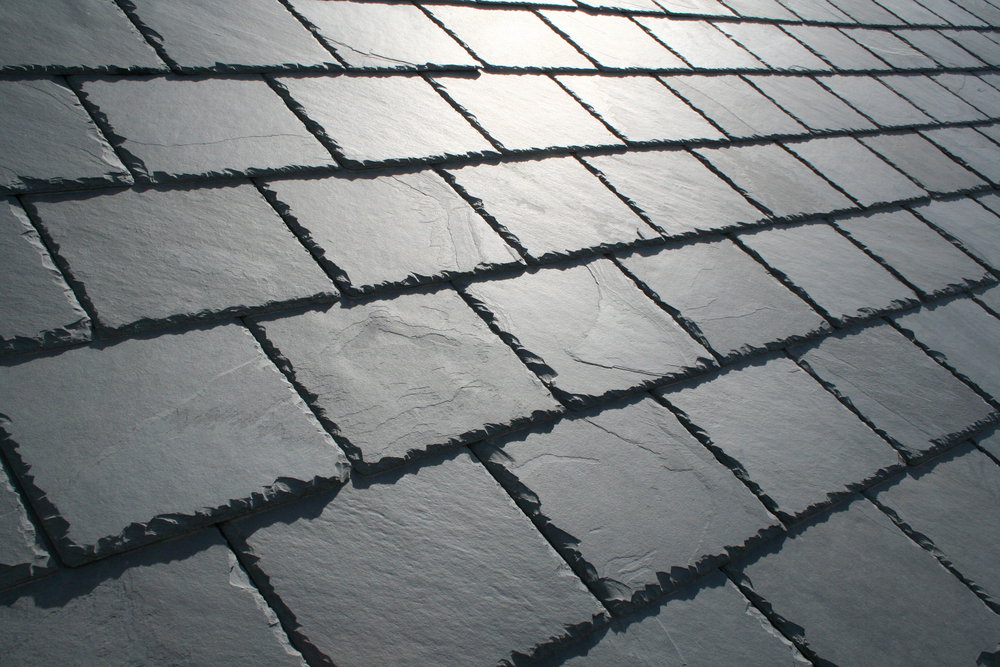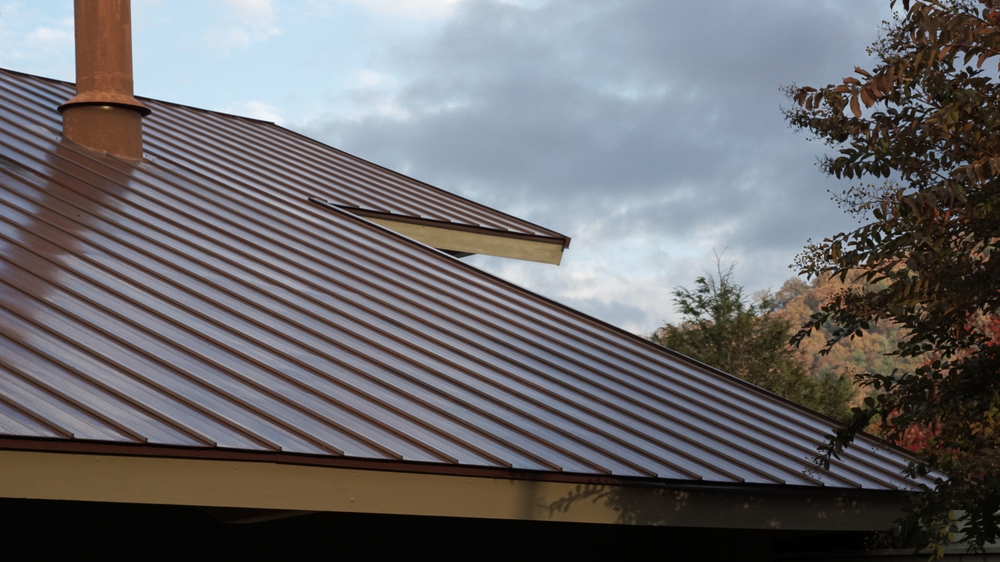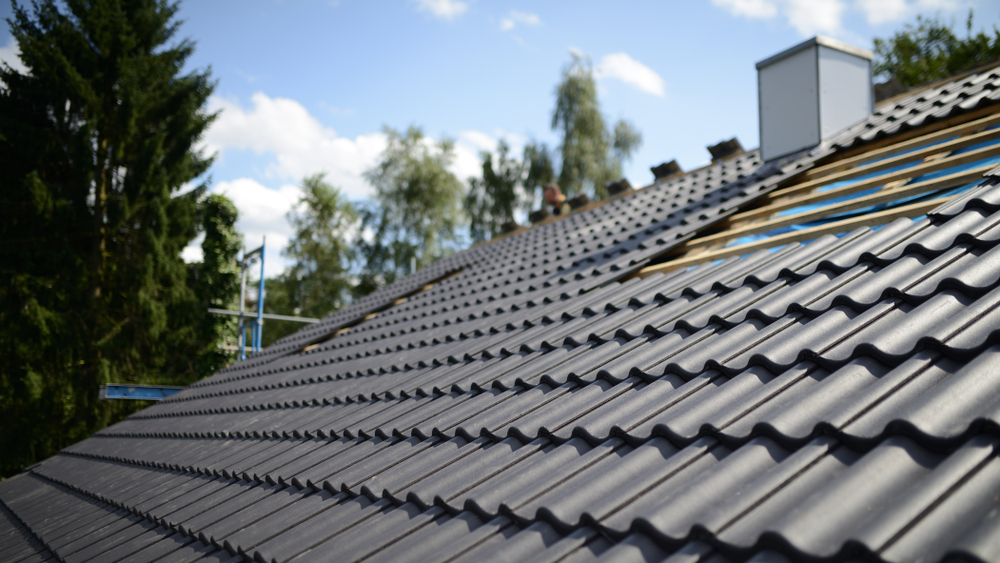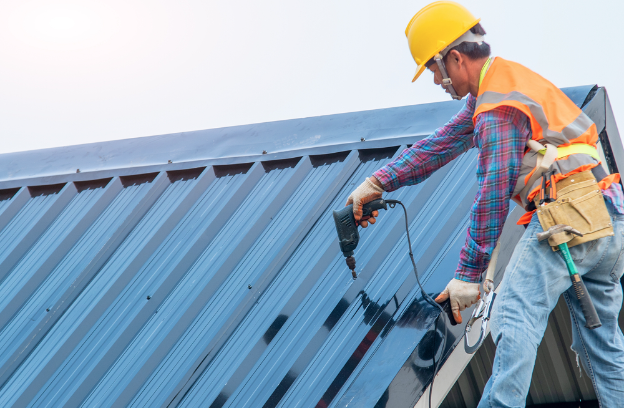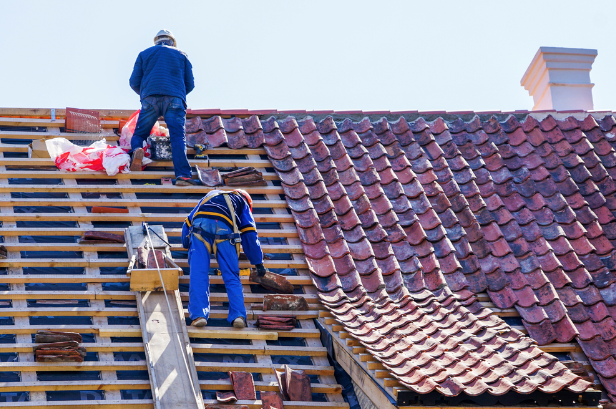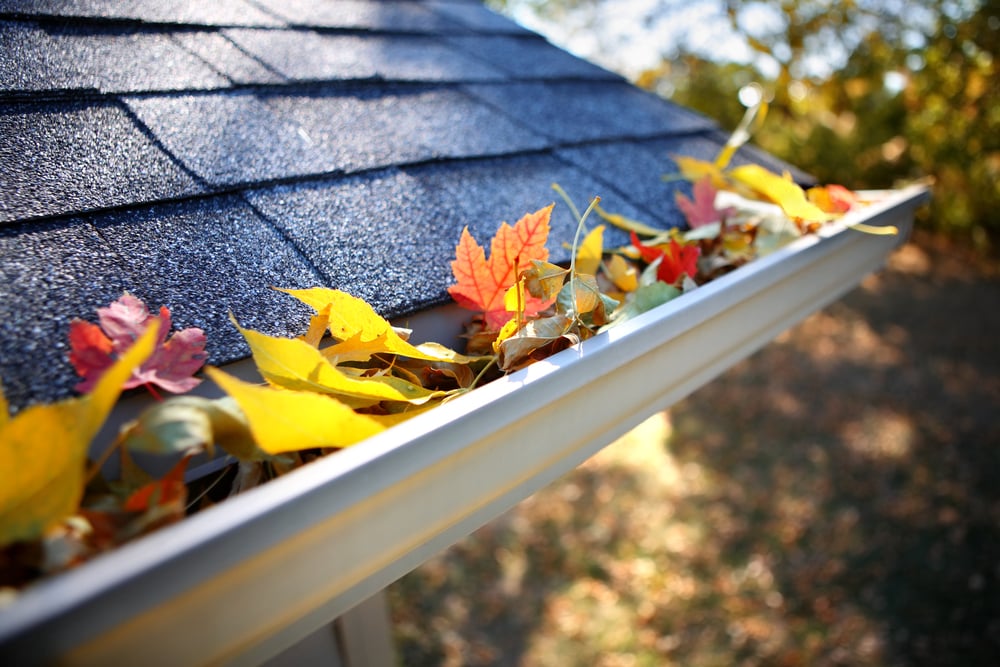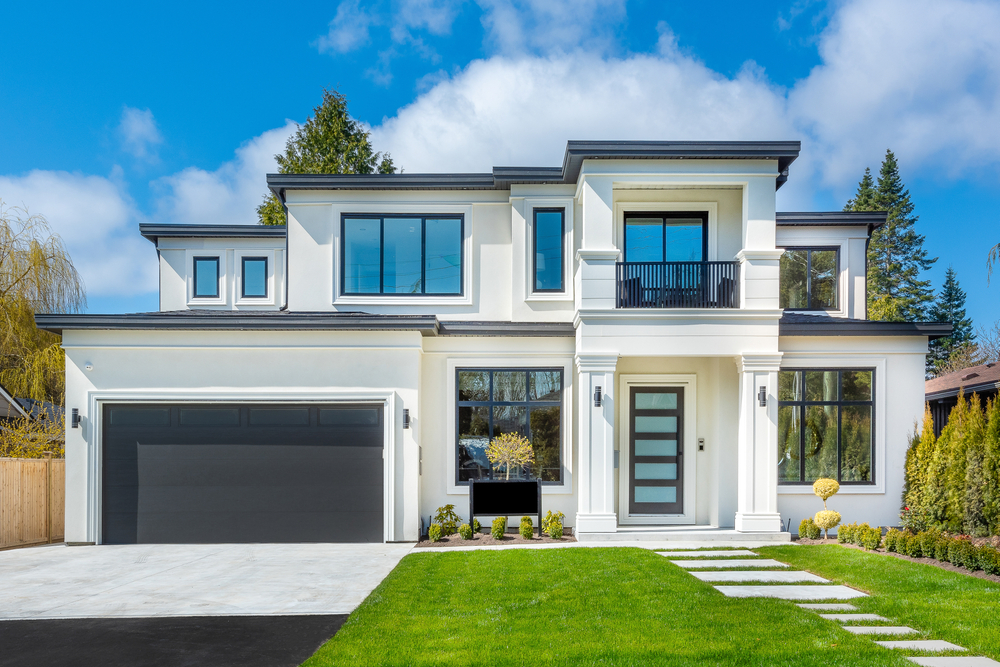
Jul
DIY Tips: Choosing the Right Building Materials
 If you’re ever looking at renovating any section of your home or giving it a complete facelift, one very important factor to get right is the type of building materials you’re going to use.
If you’re ever looking at renovating any section of your home or giving it a complete facelift, one very important factor to get right is the type of building materials you’re going to use.
Too often, DIYers can face significant renovation problems that are caused by poor decisions when it comes to what materials to use. These poor decisions can lead to an end product where a room (or even an entire house) may not only offer no true additional resale value, but even promote greater issues that could cost you more in the long run.
What you need to be mindful of
There are often two factors that can dictate a DIYers’ choice of material - cost or design. But regardless of whether they’re trying to cut costs or have a very specific design choice in mind, stubbornly sticking to either mindset can be problematic. That’s because DIYers that can’t be flexible with their budget or design ideas put themselves in a situation where they may use cheaper materials to save costs or a type of building material that simply isn’t beneficial to the project at hand but, to them, is the best to align with their design principles.
This simple fact is cutting costs on building materials just for the sake of saving a few hundred here and there is likely not a good thing. If the materials you end up using are cheap or of questionable quality, it’s possible that they will start to deteriorate quicker and you’ll need to replace or repair them sooner. This only means greater costs down the road. Can you imagine having your roof constructed out of cheap materials? Such a decision could spell disaster.
In terms of design, it’s not worth pursuing a specific design if it means the building materials you’ll need to use aren’t ideal for the actual structural integrity of your home. For example, if you lived by the ocean, using a material that doesn’t have some type of resistance towards salt and sea water would be a bad move, no matter how much that material complements your overall design principles. You need to be flexible and have a few design ideas in mind, so that if one design doesn’t harmonise with the more practical aspects of your DIY project you easily have other plans in mind.
How to choose the right materials
As we mentioned in the above section, cheap materials probably aren’t going to be the best choice for any DIY home project. That said, that doesn’t mean you need to resort to the most expensive materials either. What we’re saying is that, if possible, you should invest in cost effective but proven durable building materials.
Another factor to take into consideration is where you live. Do you get a lot of moisture where you live? Then perhaps wooden flooring isn’t going to be the best option. Unsealed wooden floors can drastically morph and damage when there is a lot of moisture/humidity in the air. Instead, you could opt for a flooring option such as sealed concrete, epoxy and so on. Similarly, if you live by the ocean, then whatever roof you choose needs to be resistant to factors such as the grit and level of acidity that can result from a sea breeze. It’s a very simple principle, but often people can forget about the importance of assessing where they live and choosing materials to reflect that. Chances are you wouldn’t build a completely wooden house next to a termite nest.
But besides cost and environment, then it also depends on what you want. Certain building materials are tougher than others. An example would be that, in general, concrete is going to be a tougher option than wood. But even within a set category of material (e.g. wood), you can have weaker and stronger variations, such as pine softwood (which often will be laid on top of a strong base like concrete) vs thicker hardwood (which doesn’t necessarily need to be laid on a base and is more resistant to indentations).
The same rules apply for almost every conceivable building material. Your walls can be comprised of wood, concrete, brick, etc., with each one having its own level of strength. With roofing materials, suffice to say most of them are already strong given the conditions a roof has to withstand. Whether you’re going for concrete or terracotta tiles, or looking into a metal sheet roof, standards these days ensure that these materials are durable and capable of withstanding a lot of punishment.
Not every material within your home needs to be the strongest or the most expensive. But what is important is that the foundations and sections of your home that are going to be the most exposed to possibly damaging conditions are comprised of building materials that can handle them.
At Roo Roofing, we use a wide selection of durable and guaranteed materials that ensure your roof will endure the toughest of conditions. To find out more about our services or the materials we use, give us a call on 1300 734 148.
* Image source: vydd









